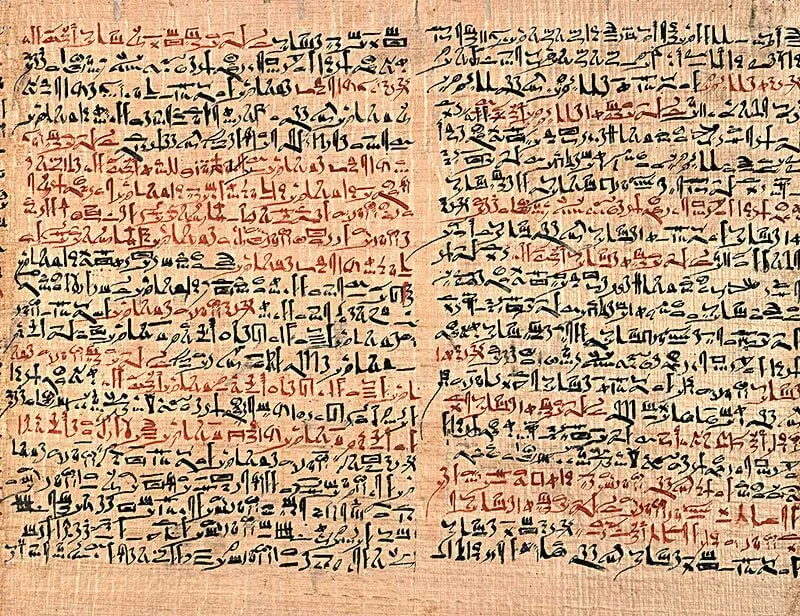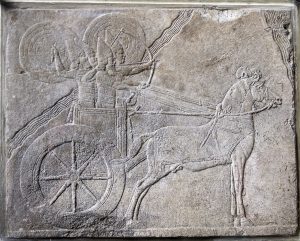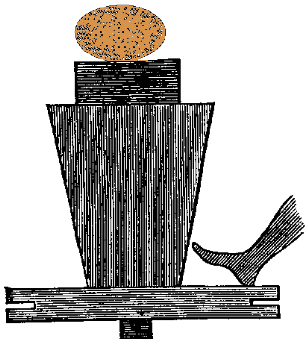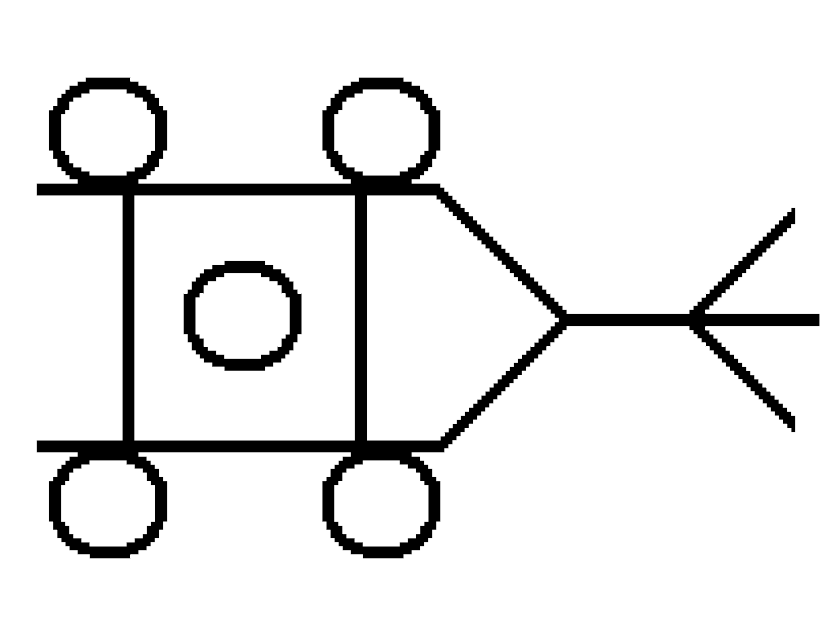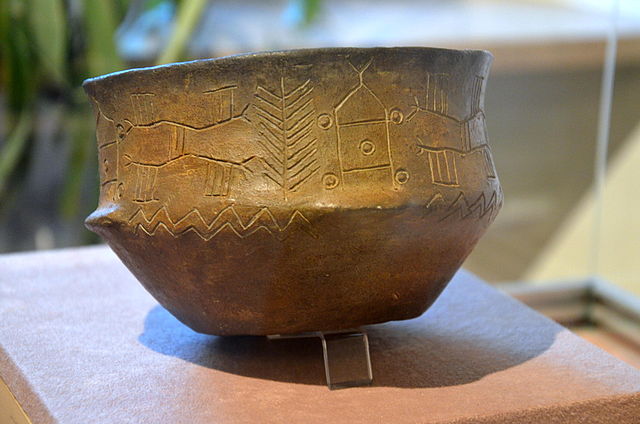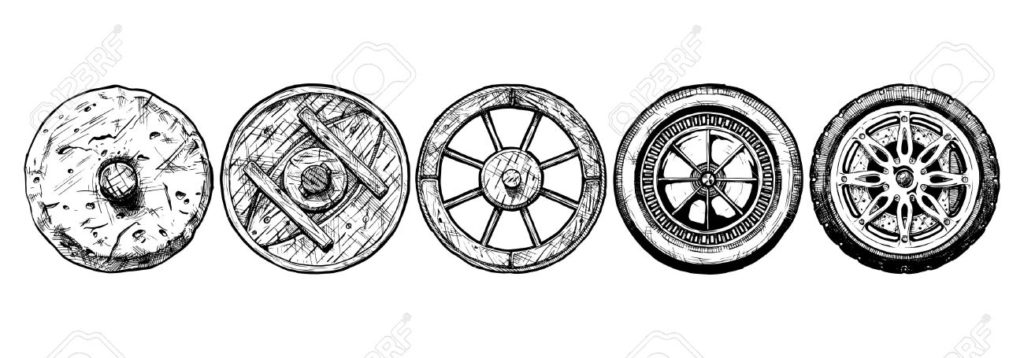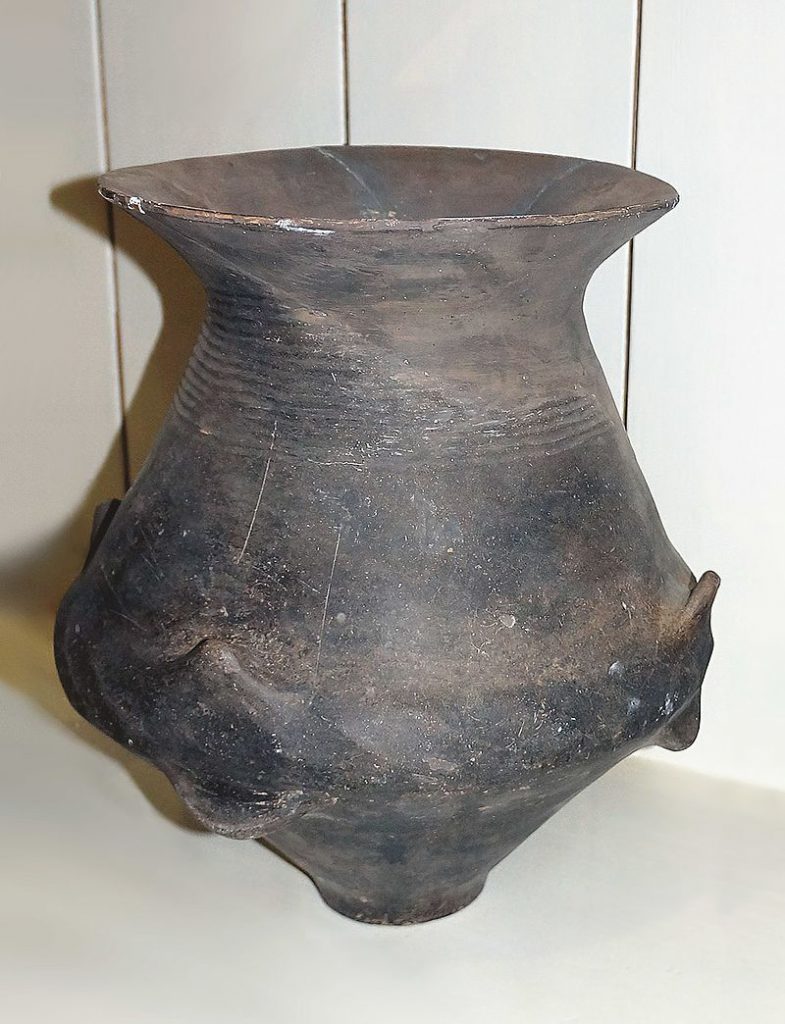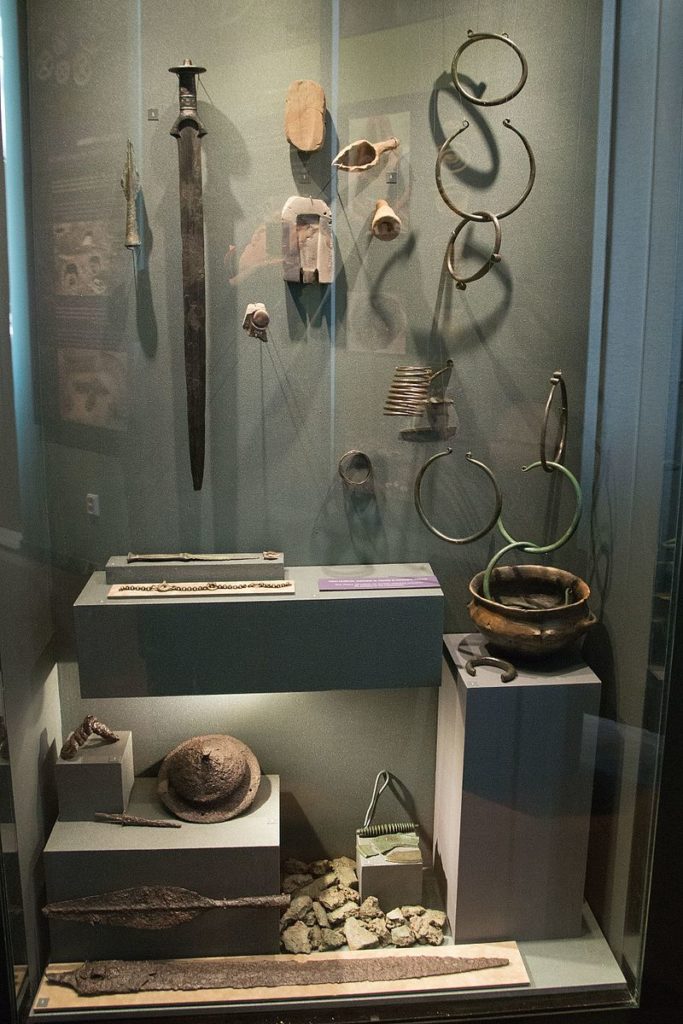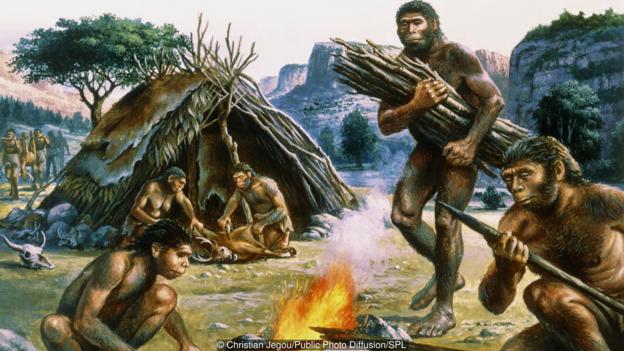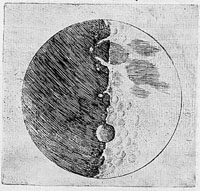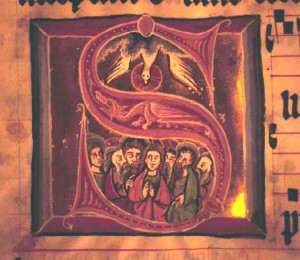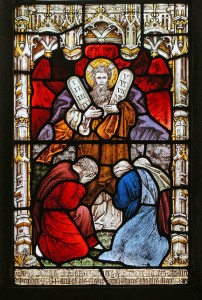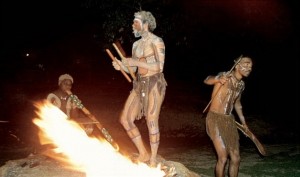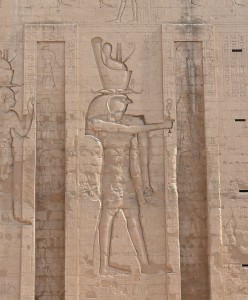Disease is humanity’s oldest and most feared enemy. It harasses us constantly in a multitude of vicious ways through methods that have only recently been discovered. Medicine is our primary defender against this ever-present, ever-evolving, enemy. It is the science of diagnosis, prevention, and treatment against the oldest and most dangerous threat to our lives.
Early Medical Practices

The earliest forms of prehistoric (before the written word) medicines were various herbs used to heal the diseased person. We may think of the tribal medicine man or shaman as an early doctor but it is likely that many prehistoric healers were women. Women were heavily involved in gathering plants for food and cooking meals for the group. This experience provided an opportunity to gain knowledge about the affects of many types of plants, and to apply that knowledge medicinally to their community.
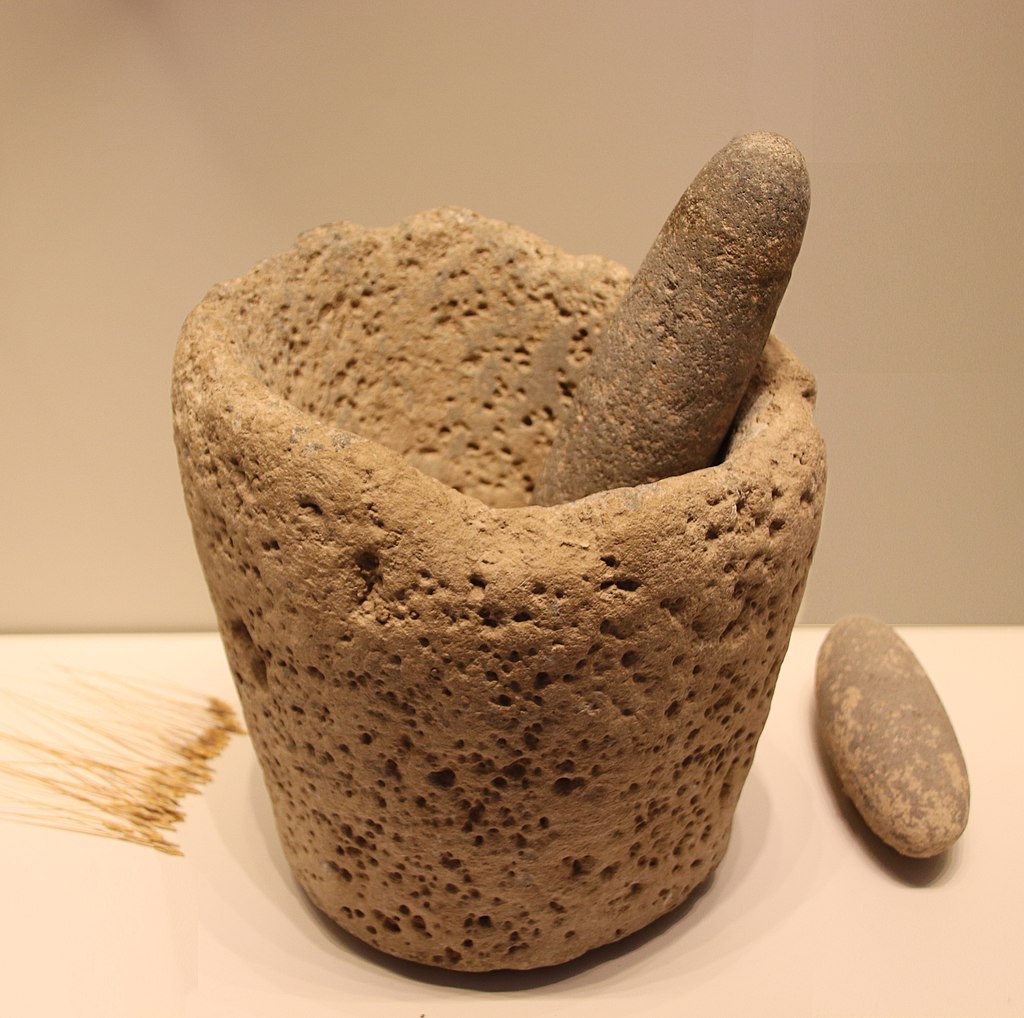
(Credit: Wikimedia Commons)
Plants were not the only treatments available to people living in the prehistoric world and early civilizations. There is evidence of surgical procedures being attempted in the prehistoric ages, Mesopotamia, Indus Valley civilizations, and in Ancient Egypt. The code of Hammurabi, written in 1754 BCE, sets out guidelines for surgical fees and physician malpractice. Fire was likely used for sterilizing and closing wounds.
Some of the earliest known medical texts date are from China, India and Egypt around 3000 BCE. The texts from Egypt, for instance, focus on a variety of ailments – problems associated with the hair, blood, digestive system, headaches and toothaches. Many of the remedies for these ailments are grounded in superstition. Evil spirits and gods were thought responsible for them and magical incantations are recorded as being part of, or the whole treatment. Still, it was beneficial for medical advancement to record these treatments and observe which ones worked more consistently that others.
There are however a few notable examples of medical texts grounded in rational observation. One such example is a series of medical texts known as the Edwin Smith Papyrus, named after the dealer who purchased it in 1862. It contains medical observations and advice on 48 different injuries ranging from injuries to various parts of the body to gynecology. The document contains instructions for an appropriate examination of the patient, then provides a diagnosis and prognosis, and potential treatments. This incredible document was written in hieratic script in Ancient Egypt around 1600 BCE and is thought to be a copy of an even older document.
Hippocrates of Cos and the Hippocratic Oath

In the 8th century BCE the first Greek medical school opened at Cnidus. To their credit the Greeks placed a strong emphasis on diet, lifestyle, and hygiene, continuing the tradition of the Egyptians and Indians. The prevailing Greek medical doctrine was humorism. This holistic approach to medicine declared there were four humors were linked to four bodily fluids, blood, black bile, yellow bile, and phlegm, which were linked to the four elements. Disease was caused by an imbalance of the humors. Treatment was predicated on restoring this balance.
The most famous Greek doctor was Hippocrates of Cos, born in 460 BCE. Hippocrates founded the famous Hippocratic School of Medicine and is largely referred to as the Father of Medicine. He is credited with forming the Hippocratic Oath – a guiding set of duties that is widely taken by physicians to this day. The Hippocratic Corpus is a collection of around 60 medical treatises attributed to Hippocrates, although it is the work of many different authors. The salient point is not who wrote these treaties but that Hippocrates and his students broke with the ancient tradition of ascribing disease to magic or evil deities. They instead focused on discovering the natural processes of disease through experimentation and data collecting.
The Hippocratic Oath, practiced by Hippocrates and his followers and summarized as “Do No Harm”, prescribes more conservative methods for treatment. He urged his citizens to avoid faith healers and quack physicians, recommending instead that they seek out doctors whose practice was grounded in science and observation. A strong emphasis was placed on prevention by encouraging the body to build up resistances to disease. This was accomplished primarily through diet and exercise, and supplemented by techniques such as massages and hot baths. Various foods could treat and cure a whole host of health problems ranging from infections, constipation, and blood clotting. He recognized that heat could reduce pain. He even warned against making any sudden significant lifestyle changes as detrimental to ones health. From Hippocrates through the Middle Ages of European history the influence of Hippocrates reigned supreme on the practice of medicine.
Modern Medicine
The Italian Renaissance marked the period in which the influence of Hippocrates began to wane and new medical developments and insights began to emerge. A renewed emphasis was placed on observation and experimentation leading to discoveries. Andreas Vesalius, deemed the Father of Anatomy, was one such person in the new army of meticulous observers in medicine. In 1543 he published his influential book On the Fabric of the Human Body, a ground breaking work correcting many errors of his predecessors and complete with detailed anatomical illustrations. Soon new discoveries such as the circulation of blood, the presence of biological cells, and vaccines were happening. The pace of discovery soon hastened.

These Programs are Gene Therapy, Gene-Edited Cell Therapy, Genome Editing, and Gene Regulation
(Credit: Sangamo Investor Presentation Slidedeck)
In the middle of the 19th century the most important advance towards modern medicine occurred when Louis Pasteur formulated the Germ Theory of Disease. Germ theory states that microorganisms are responsible for certain diseases and this provided tremendous insight into prevention and treatment techniques. Medicine now had a new and more accurate framework from which to build upon. Today, we are making still more incredible advancements in fields such as gene-editing techniques. These new technologies give us the potential power to edit life in whichever way we choose to. Hopefully, we choose wisely.
Continue reading more about the exciting history of science!

